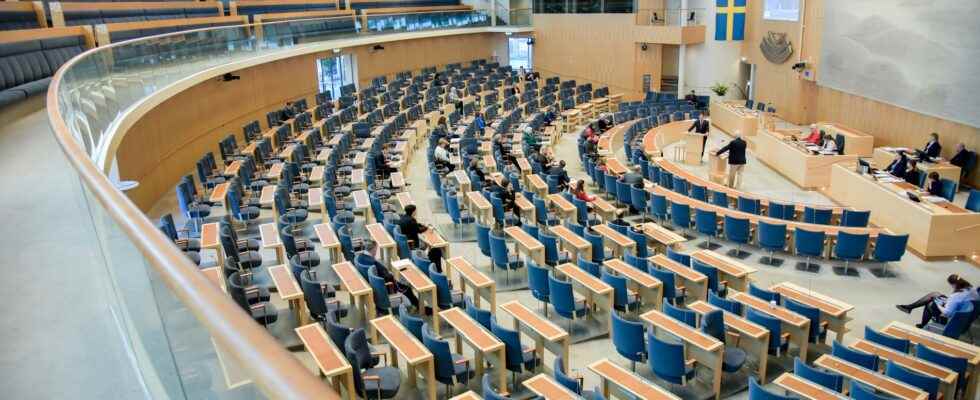Published: Less than 40 min ago
There are still more men than women in political positions around Sweden.
But the differences between the various parties are large, according to statistics from Statistics Sweden.
In the Riksdag, there is generally a fairly even gender distribution after the election last autumn – but with large differences between the parties.
The Sweden Democrats and the Christian Democrats stand out in one direction and the Left Party and the Green Party in the other, according to Statistics Sweden’s statistics.
“In the Riksdag, the Sweden Democrats followed by the Christian Democrats had the highest percentage of men among their elected candidates with 74 percent and 68 percent respectively,” says Jonas Olofsson, who works with democracy statistics at Statistics Sweden, in a press release.
“At the other end is the Left Party, followed by the Green Party, with a significantly higher percentage of elected women, 71 percent and 67 percent respectively.”
According to Statistics Norway, it is usually regarded as an uneven gender distribution if a proportion exceeds 60 percent.
In both the Riksdag and the municipal council, the percentage of elected women was unchanged compared to the last election, 46 and 43 percent respectively. The proportion of women in regional councils barely increased, from 48 to 49 percent.
“Not much has happened with the gender distribution in Sweden’s popularly elected assemblies after the autumn elections,” says Jonas Olofsson.
Facts
Gender distribution in the municipalities
According to Statistics Norway’s statistics, there is a big difference between how the gender distribution looks like in the country’s municipal councils.
In 35 of the country’s municipalities, more women than men were elected, the highest percentage of women was elected in Lekeberg (64 percent).
In Gnosjö, on the other hand, 74 percent of those elected were men, which is the highest proportion of the 254 municipalities with more elected men than women.
In 97 municipalities, the percentage of men elected to the council was over 60 percent.
A total of 349 members were elected last autumn to the Riksdag, 1,720 to regional councils and 12,597 to the country’s 290 municipal councils.
Source: Statistics Sweden.
Read more
